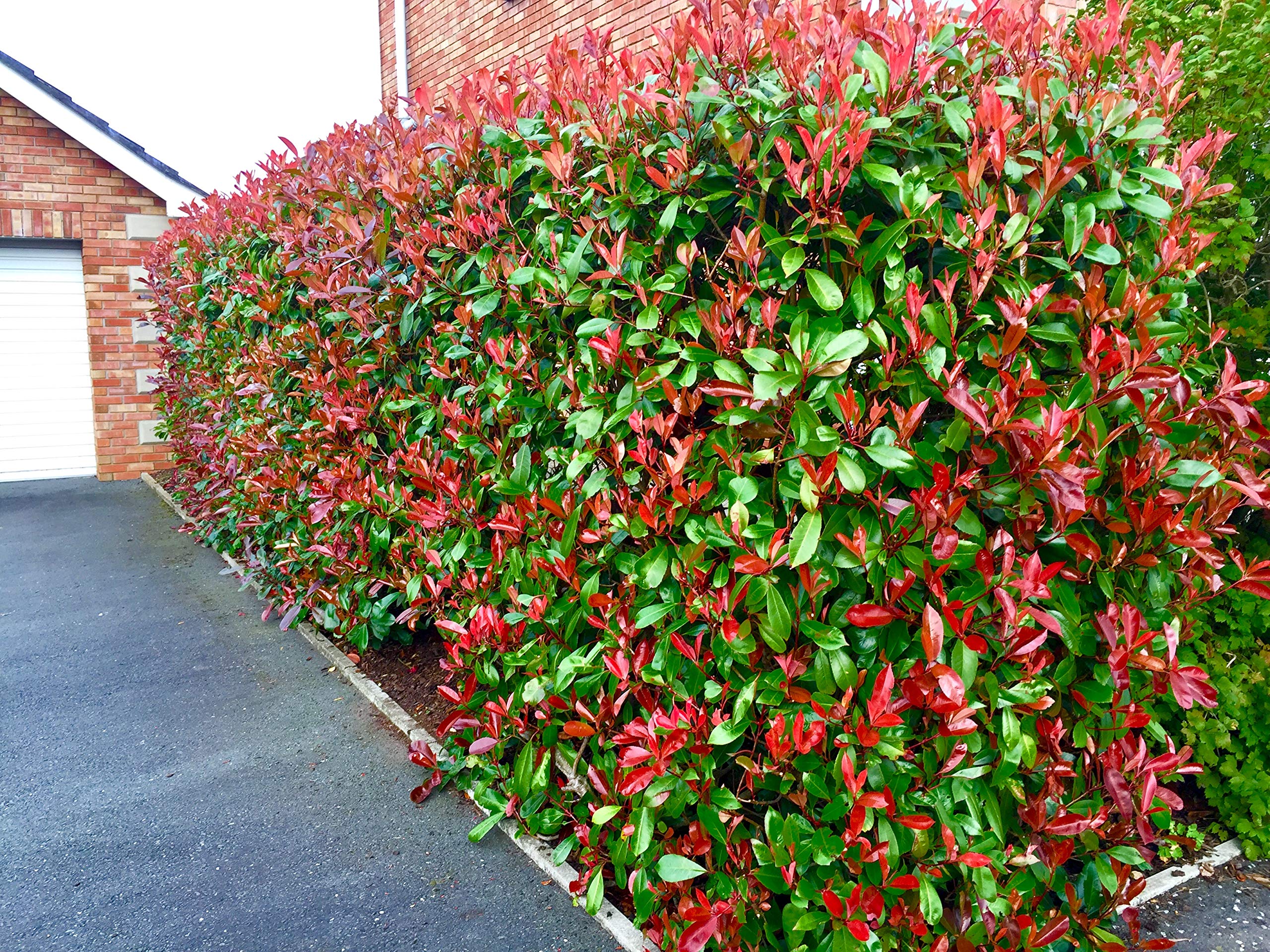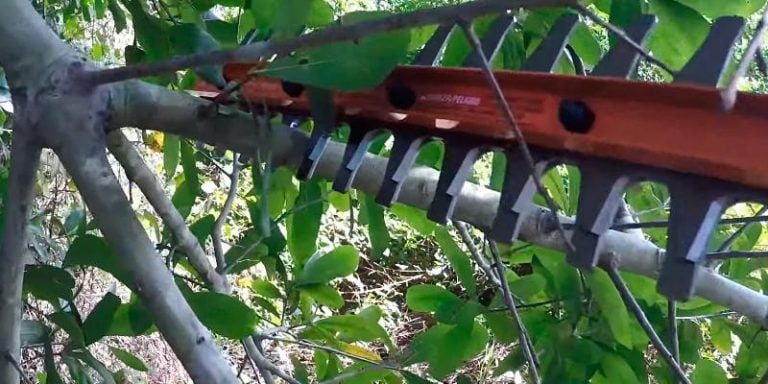Sowing Success: Key Practices for Enhancing Soil Health
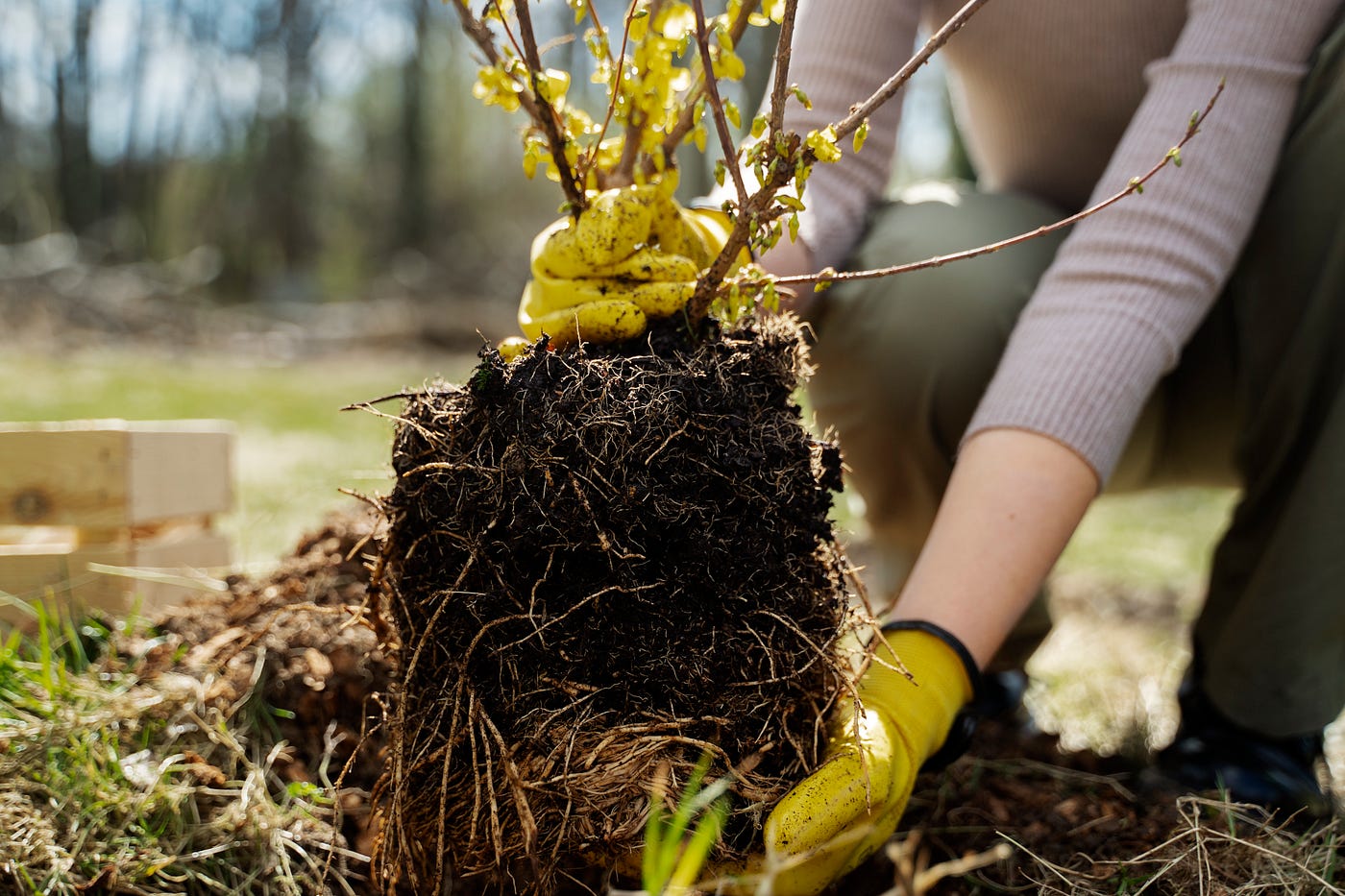
Table of Contents
Soil is more than a complex blend of organic matter, minerals, water, air, and microorganisms; it is the cradle of life. Soils provide the vital infrastructure to sustain plants. In healthy soil, the right combination of solid aggregates, pores, and empty spaces creates a structure resilient to erosion and capable of holding enough water to support plants in drought.
Healthy soil is home to fungi and bacteria acting as a flora’s shield against pests and diseases. Last but not least, it contains plenty of minerals and nutrients that are essential to plant growth.
In a nutshell, soils are a key determinant of agricultural productivity. Yet, not much is being done to maintain their health and halt the massive soil degradation fueled by the combination of intensive farming practices and natural processes. By implementing cover cropping, reduced tillage, crop rotation, and other sustainable ag methods contributing to healthy and resilient soils, we can enhance crop yields and preserve fertile topsoils that are on the brink of extinction.
This is where modern agritech comes into play, offering diverse solutions: from digital platforms able to track crop rotation to soil sensors to GPS-guided equipment for variable-rate application of inputs. Let’s explore what techniques can be used to place sustainability front and center of soil management on farms – for the sake of healthy and productive soils for years to come.
Rotating Crops
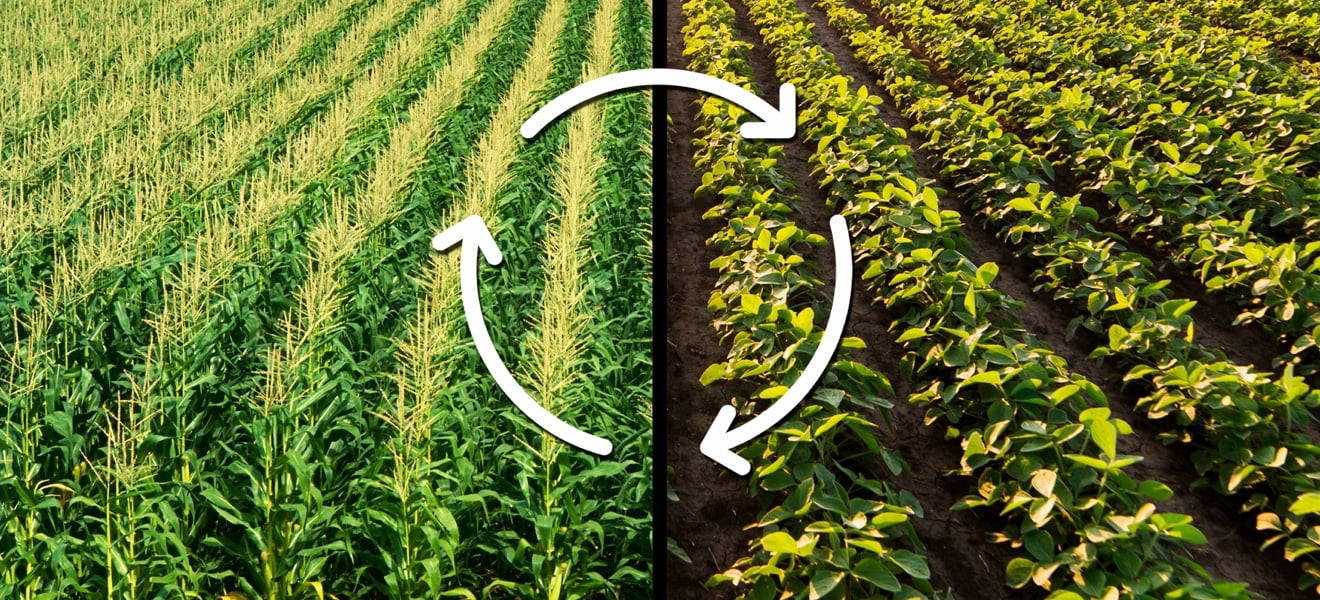
When implemented properly, the age-long practice of growing various crops in a certain sequence – crop rotation – allows to sustain soil nutrient levels and break pest and disease cycles with fewer to no synthetic inputs involved. A crop rotation plan may include two to twelve (or even more) different crop types planted on the same field and interchanged every year or growing season.
Longer and more diverse schemes tend to benefit crops, soils, and farmers’ budgets more substantially, balancing the pros and cons of each crop’s cultivation. For instance, corn takes a lot of nutrients from the soil, while soybean replenishes them through nitrogen fixation.
They’re also susceptible to different kinds of pests and diseases, and when planted one after another, tend to reduce the risk of infestations. However, the 2019 study showed that corn-soybean rotations may decrease soil organic matter in the long run, so introducing a third crop into the common scheme – a grain crop, legume, or cover crop – would help farmers retain the existing benefits and sustain the precious soil organic matter.
The advantages of crop rotation extend well beyond reduced fertilizer use and pest control. By masterfully rotating crops, farmers can enhance various soil properties, such as structure, water-holding capacity, nutrient balance, biodiversity, etc. This altogether will increase soil fertility and crop yields, prevent soil erosion and fertilizer runoff, enhance weed control, and optimize irrigation water use.
Planting Cover Crops
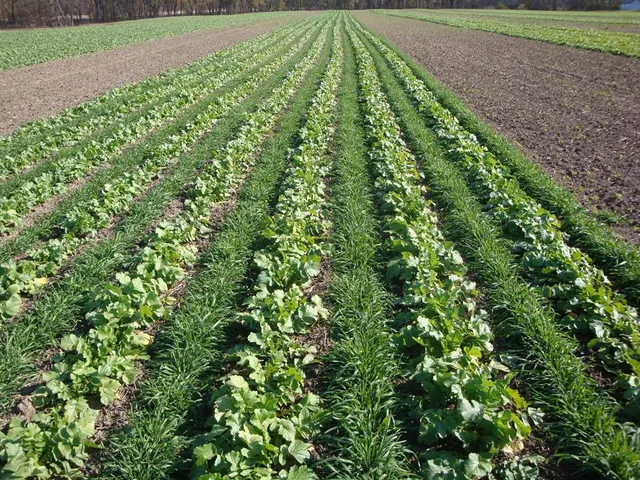
This is a common soil conservation practice that is focused on improving soil health rather than harvesting for income. Unlike cash crops, cover crops are primarily cultivated to cover the soil and enrich it upon decomposing, however, there are also double-duty varieties planted for both fertility and profit, e.g. rye, oats, alfalfa, and buckwheat.
Though less ubiquitous, cover cropping is not inferior to crop rotation in terms of benefits. Varieties or mixes of varieties cultivated as cover crops build organic matter, decrease soil erosion, scavenge or add nutrients essential for cash crops through nitrogen fixation and manure, alleviate soil compaction, suppress weeds and nematodes, enhance beneficial fungi and anthropods, and increase soil’s capacity to take in water by making channels inside it with their roots.
Choosing the right cover crop (or a mixture of them) starts with prioritizing the current farm’s needs and matching them with the strengths of individual crop species. Farmers looking to break up compacted soils may grow summer cover crops such (e.g. forage radish and forage turnip).
Winter crops like annual ryegrass, crimson clover, winter cereal rye, and oats will be a good fit for scavenging unused fertilizers and bringing the nutrients back into the soil for the next growing season. While non-legume (bromegrass, rye) and legume cover crops (hairy vetch, strawberry clover) may be planted to prevent soil sealing and improve soil structure, increasing water infiltration up to 450-500%.
Growing With No-Till
Tillage whose main purpose is to create favorable conditions for seed germination and kill weeds does more harm than good: it not only affects soil structure, creating compacted “plow pans” and worsening the soil’s capacity to hold water, but it also hyper-aerates the soil releasing extra soil organic carbon into the atmosphere. Not to mention the toll it takes on soil microorganisms. It’s only natural that over the past decade, there has been a tangible spike in the cropland acreage managed through no-till.
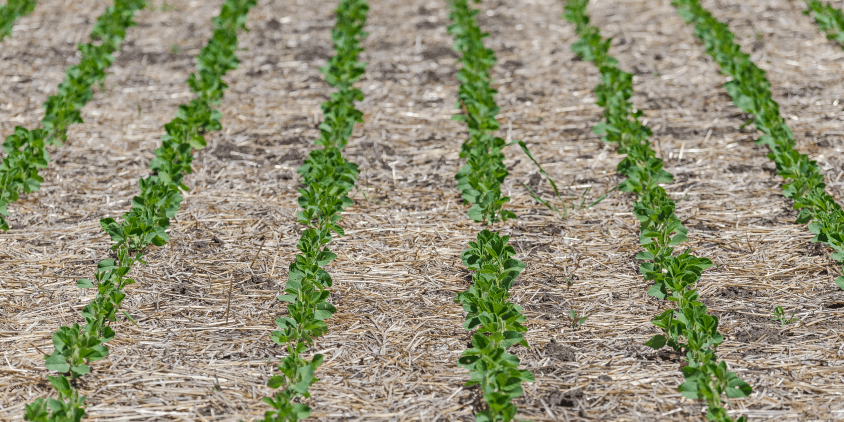
Reduced and zero tillage minimizes soil disturbance and, according to various estimates, reduces soil erosion from water and wind by up to 80%. No-till fields preserve fertile topsoil, have plant residue as both cover and moisture regulator (it keeps the soil moist and minimizes evaporation), and require less equipment and human labor to establish crops.
Although conventional no-till farmers still heavily use herbicides to suppress weeds – which is the major disadvantage of the method in terms of both cost and environmental outcomes – there have been more sustainable alternatives in use, e.g. crop rotation and cover crops.
Small-scale farmers apply compost and mulch to growing beds burying weed seeds while also replenishing nutrients; while on larger farms, growers utilize special roller-crimpers to kill cover crops right before the seed set.
Soil health-enhancing practices are gaining wider adoption as more and more farmers recognize the vital role soils play in crop production and our lives. Crop rotation, cover cropping, and no-tillage are only some of the soil conservation methods that benefit physical, chemical, and biological soil properties.
Healthy soils are the cornerstone of sustainability and productivity of the global agri-food sector, and it’s our duty to preserve and maximize their ability to sustain abundant life above and under the ground for generations to come.




